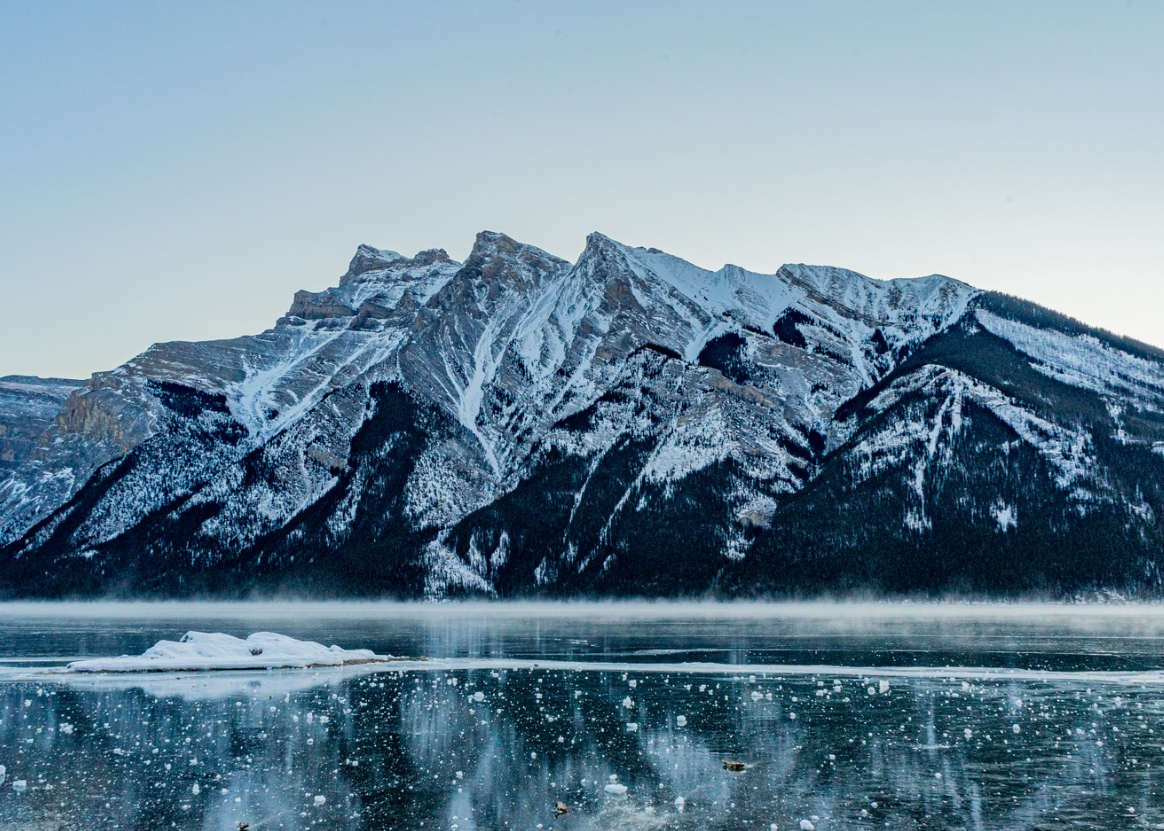Significant Expansion of Glacial Lakes in the Indian Himalayas: ISRO Report
The Indian Space Research Organisation (ISRO) has reported that more than 27% of the identified glacial lakes in the Himalayas have significantly expanded since 1984, based on long-term satellite monitoring. Out of the 676 expanding glacial lakes, 130 are located within India, primarily in the Indus, Ganga, and Brahmaputra river basins. This expansion is attributed to the unprecedented rates of glacier retreat and thinning due to human-induced climate change.
Key Findings
- ISRO analyzed 2,431 glacial lakes larger than 10 hectares during 2016-17, of which 676 have notably expanded since 1984.
- Among the 130 expanding lakes in India, 65 are in the Indus basin, 7 in the Ganga basin, and 58 in the Brahmaputra basin.
- 601 of the 676 expanding lakes have grown more than twice in size, while 10 lakes have grown between 1.5 to 2 times, and 65 lakes have expanded by 1.5 times.
- The majority of the expanding lakes are moraine-dammed (307), followed by erosion (265), other types (96), and ice-dammed (8).
- 314 expanding lakes are located between 4,000-5,000 meters, and 296 are situated above 5,000 meters.
Ghepang Ghat Glacial Lake Case Study
- ISRO highlighted the long-term changes in the Ghepang Ghat glacial lake, located in the Indus basin of Himachal Pradesh at an elevation of 4,068 meters.
- The lake has increased in size by 178%, from 36.49 hectares in 1989 to 101.30 hectares in 2022, at a rate of approximately 1.96 hectares per year.
Glacial Lake Outburst Flood (GLOF) Risks
The expansion of glacial lakes poses significant risks to downstream communities in the form of Glacial Lake Outburst Floods (GLOFs). These floods occur when glacial lakes suddenly release large volumes of meltwater due to the failure of natural dams, which can be triggered by factors such as avalanches, extreme weather events, or other environmental factors. In the previous time, a GLOF event in Sikkim resulted in the death of at least 40 people, with 76 reported missing.
Importance of Satellite Monitoring
- Monitoring and studying the occurrence and expansion of glacial lakes in the Himalayan region is challenging due to the inaccessible and rugged terrain.
- Satellite remote sensing technology has proven to be an excellent tool for inventory and monitoring, providing wide coverage and revisit capability.
- Assessing long-term changes in glacial lakes is crucial for understanding glacier retreat rates, assessing GLOF risks, and gaining insights into the impacts of climate change.
About Himalayas and Glacial lakes
- The Himalayas are often referred to as the “Third Pole” due to their extensive glaciers and snow cover.
- Glacial lakes play a crucial role as freshwater sources for rivers in the Himalayan region, supporting millions of people downstream.
- The rapid expansion of glacial lakes in the Himalayas is a clear indicator of the severe impacts of climate change on the region’s delicate ecosystem.
The report emphasised on conservation of Himalaya to mitigate the risks associated with GLOFs and develop effective climate action strategies for the region.
Month: Current Affairs - April, 2024
Category: Environment Current Affairs


